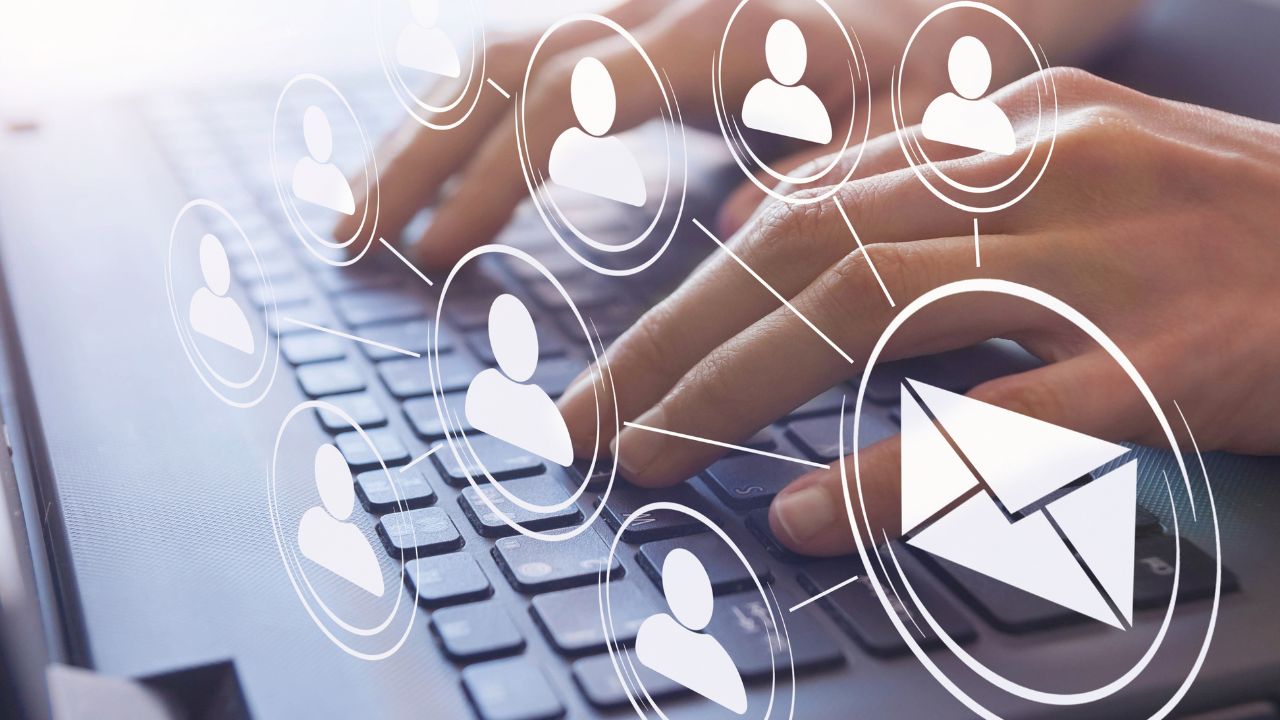Are You in the Right Lane for 2025? Jason Buckner’s Holiday Insights

As we wrap up another year, we have a special holiday message for you! 🎅 From Automation Made Easy’s holiday hours to some holiday insights and personal inspiration for 2025, I share a story about making real changes (and what lanes have to do with it).
Whether you're gearing up for big goals or taking time to rest and recharge, this message will leave you motivated to hit the ground running in the new year.
Watch the video below now and get set for an amazing 2025:
Festive Season Closure Dates
Hey, it's Jason Buckner here from Automation Made Easy, the Follow-Up Formula, ClinicKonnect, i-Convert Summit and i-Convert Pro and lately Flow Chat Pro as well. So if you've worked with me on any of those brands... hi, how are you going?
Just reaching out to wish you a Merry Christmas and a happy New Year.
Just the technical stuff… the technical or the administration stuff, Automation Made Easy is closed from close of business on Friday the 20th of December, and we open on Monday the 6th of January.
During that time we'll have a very, very, very limited skeleton staff on. So if you need anything, pop through an email and we'll see how we go at how fast we get back to you. I hope that's okay.
For me, this time is spending time with family and enjoying the season as well as spending a lot of time doing some swimming, some open water swimming.
I will be straight in there on Boxing Day down at Point Leo in Victoria, spending some time there and I hope there's something that you enjoy that you get to do during this period as well.
2025 Plans... The Solution For Failed New Year's Resolutions
Now for 2025, I want to come back in one of these three lanes. Actually only in this one of these three lanes, and you'll see what I mean in a moment.
I used to be a smoker and so I would think about quitting. That's lane number one. And then lane number two is trying it on. It's like trying on some clothes, isn't it? I tried on quitting smoking by not smoking during the week. And then every Friday night I'd go out for a drink with my mates and I'd have a smoke then. And so I'd smoke all weekend and then I'd try quitting again on Monday and trying it on.
And then it wasn't until something clicked in my head and I became a non-smoker, and it was actually my little sister, Alicia. She turned to me one day – she was visiting me in Sydney at the time – and she said, “Jason…”, she was looking up at me. “Jason, why do you smoke? It's so bad for you. I think you should quit.”
And I said, “Alicia, I think you are right.”
And from that moment on in my brain, it clicked and I became a non-smoker. So there's the thinking about it lane, there's the trying it on lane, and then there's the actual being it lane. Then I became a non-smoker rather than someone trying to quit smoking.
And so in business in 2025, I need to make sure I'm in that lane, but you all need to make sure you are in the lane as well. If you're thinking about it, if you're trying it on, now that I know there's quite a few ‘trying it on’ kind of people out there – let's jump out of that ‘trying it on’ lane.
Let's get that shift in our brain over the holidays so we can be in the ‘doing’ lane and making things happen lane rather than just that ‘trying it on’ lane. Because if we sit in that lane for another year, we're probably not going to be any further ahead than we are right now.
Anyway, that's enough from me. Happy holidays. Have a great holiday season and I look forward to seeing you in 2025.





